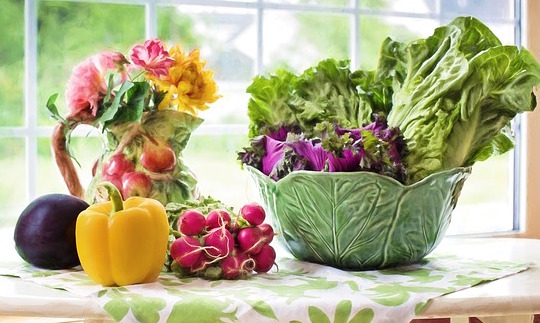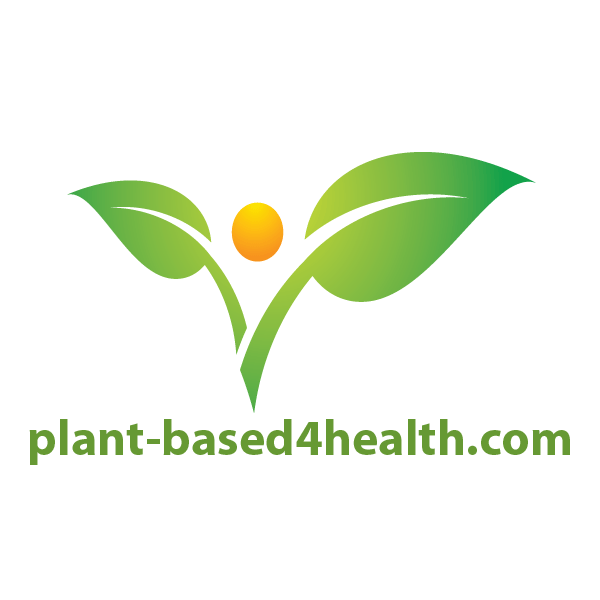
Inflammation is the root cause of most diseases (cancer, diabetes, heart disease, stroke, migraines, thyroid issues, asthma, etc.). When we begin experiencing chronic pain, it is easy to forget about the importance of paying attention to our bodies and the role foods play in our health.
When healing inflammation, the number one important thing to remember is that inflammation loves an acidic environment. We create this environment in our bodies by:
- Eating acidic foods (meat, dairy, sugar, wheat, and other acidic foods)
- Experiencing chronic mental stress (fear, resentment, depression, anger, worry, anxiety)
- Suffering from physical stress (bodily injury, surgery, insomnia, physical strain/overuse)
The best way to support your body while experiencing chronic inflammation is to address the above issues and how they affect your life.
Food is a great place to start because, not only does it directly affect your body’s inner environment, but you can more easily control what you eat then what you feel or a physical event that placed stress on your body.
Also, most people don’t realize that the majority of inflammatory diseases start in the digestive system. Reoccurring stress to your digestive system damages the microvilli cells in your intestines so that they become unable to process and use nutrients and enzymes effectively. As the damage increases, your digestion is impaired and your body responds with inflammation that results in allergic reactions and other symptoms that develop into a variety of diseases throughout your body. Your overburdened immune system can’t handle the load as the inflammatory triggers travel throughout your body where they can affect nerves, organs, connective tissues, joints and muscles.
STEP 1: Eliminating meat, dairy and refined sugar and limiting your starches is an important first step as these are the biggest contributors to an acidic environment. When you consume mostly acidic foods, your body’s inner environment becomes acidic. Most likely, your diet has consisted mainly of these big “no-nos”. So what are you suppose to eat?
STEP 2: To get your body back into acid/alkaline balance, you’ll want to begin eating alkaline foods that will support your healing process. This is called balancing your pH. (Learn more by reading Balancing your pH). A normal pH range is between 6.75 and 7.5. It’s easy to monitor your pH by testing your morning urine or saliva on pH strips purchased at your local drugstore or health food store.
It may feel overwhelming at first, as you begin to change your eating habits. It’s amazing how much of our food choices are made out of habit and emotional attachment rather then actual conscious decision-making. Use our Healing With Food: Menu Guide and Low Glycemic Alkaline Food List to help with your menu planning.
Here are some sample menus to get you started
Day 1
Breakfast: tofu scramble
Snacks: unsalted or lightly salted raw or roasted almonds
Lunch: vegan quinoa salad
Dinner: vegan lentil soup, sautéed veggies of your choice over a serving of whole grains, fresh green salad
Throughout the day: drink lots of water, coconut water, lemon water, or green tea.
Day 2
Breakfast: oatmeal (see recipe on our Healing with Food: Menu Guide)
Snacks: carrot, red bell pepper, and jicama strips dipped in hummus
Lunch: sautéed greens over quinoa
Dinner: vegan lentil burgers (see recipe on our Healing with Food: Menu Guide), steamed broccoli, and a fresh green salad
Throughout the day: drink lots of water, coconut water, lemon water, or green tea.
Day 3
Breakfast: granola
Snacks: almond butter with apple slices and celery sticks
Lunch: garlic-ginger beet slaw
Dinner: split pea soup, quinoa pilaf, and a fresh green salad
Throughout the day: drink lots of water, coconut water, lemon water, or green tea.
Day 4
Breakfast: cinnamon quinoa
Snacks: mixed nuts and seeds (almonds, sunflower seeds, pumpkin seeds, brazil nuts, etc.)
Lunch: millet tabbouleh salad
Dinner: vegetables Stir-Fry with Tofu & Coconut Milk, and a fresh green salad
Throughout the day: drink lots of water, coconut water, lemon water, or green tea.
As you continue to learn how to eat for better health, we’d love to hear from you! Please send us your questions or share your experiences.

Thanks for the specific menus!!!! So helpful and the recipes too!